Paranoia Agent Was Sold Out in 12 Seconds; It's Time to Detail the Life of Animation Master Satoshi Kon
“I would rather ask for leave to watch this movie!” “It must be very difficult to grab a ticket......” “A TV animation that deserves to be No. 1 in my mind.” “I must watch it!” In the Beijing Film Panorama of the 11th BJIFF, there is such a film that has sparked the enthusiasm of moviegoers, and also created an incredible record of being sold out in 12 seconds, ascending to the top 3 hot films. This film is Paranoia Agent (the digital version after remaking), a TV animation by animation master Satoshi Kon.
In 2010, Master Satoshi Kon died of pancreatic cancer at the age of 46. In his life, he has only left four animated feature films, one animated short film and one TV animation, but each one can be considered classic. Paranoia Agent is the only work of the master that has not yet been released in the Chinese mainland. Its landing in the Animations section of the Beijing Film Panorama symbolizes that the full-length film will make its debut on the big screen in Chinese mainland, which is very meaningful.
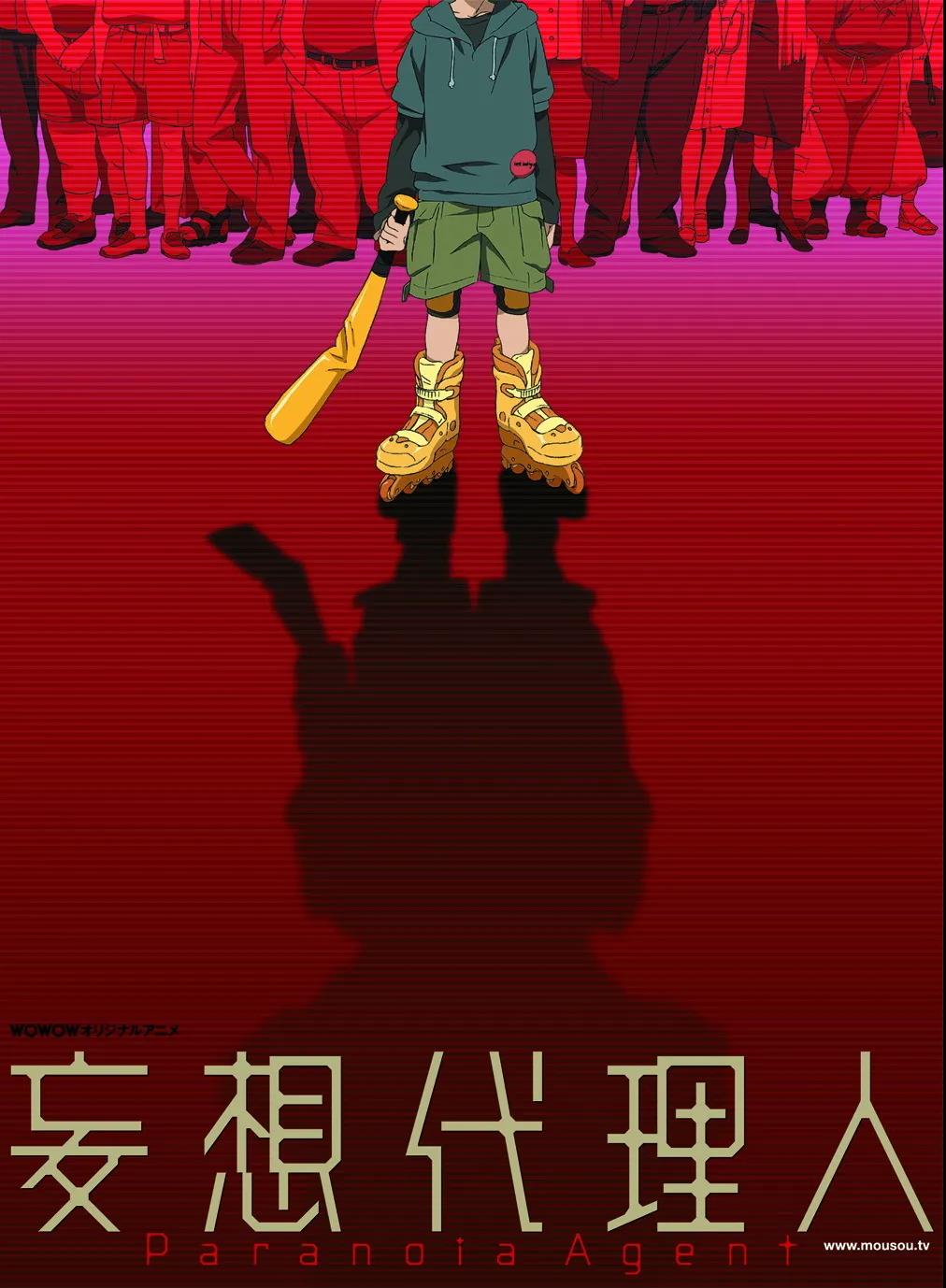
Poster of Paranoia Agent
Why do his works always cause a sensation whenever they are screened? Before the official release of Paranoia Agent, let's talk about the works and life of Master Satoshi Kon.
Satoshi Kon likes to make the protagonists "run", and especially in Millennium Actress, the leading roles are almost "running" from beginning to end. They are always moving, and even if they are not actually running, you can still feel the movement of the characters and their fight against reality and illusion.
He loves to keep the process of moving the characters from one place to another (taking the subway, walking, running, taking the elevator, riding a horse, etc.), instead of switching directly to the destination. The running/movement of the mind and body between reality and illusion (ideal) has become the most fascinating feature of Satoshi Kon’s animations.
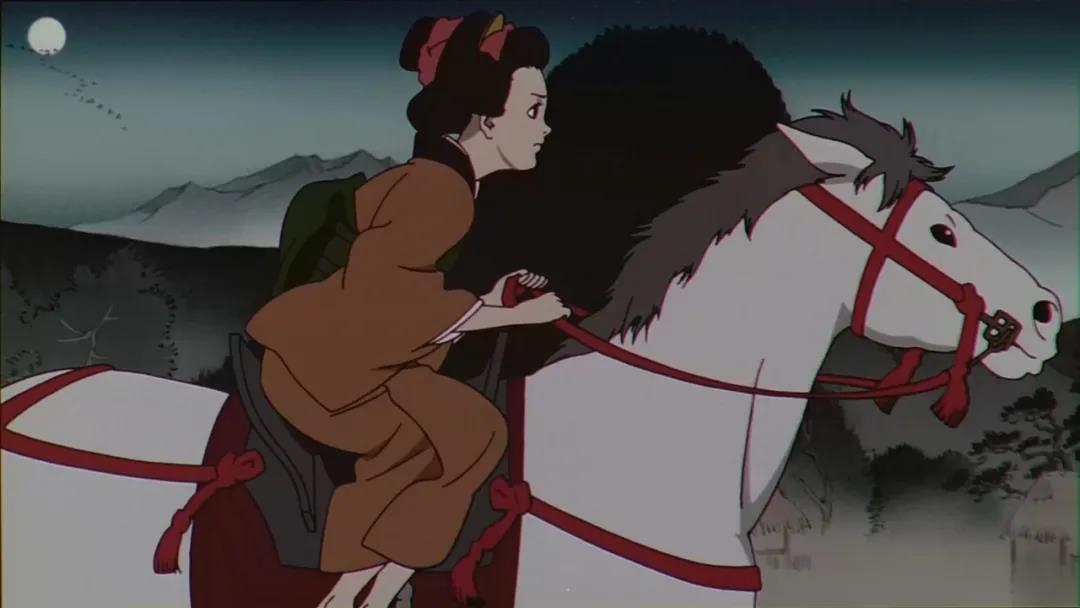
Wild running on horseback in Millennium Actress
In his whole life, which is not long though, he was always running forward on the road of dreams.
Satoshi Kon was obsessed with cartoons and animations since childhood. In the summer vacation of the second year of high school, he lodged at his brother's home in Tokyo, and stayed in the Yoyogi Lectures · Test Center for Art Universities every day. It was at this time that he decided to make a living by drawing. Subsequently, he was admitted to the Department of Visual Communication Design, Musashino Art University.
During college, Satoshi Kon’s comics won a magazine's newcomer award. He therefore developed an idea of becoming a cartoonist. However, the glory of the newcomer award was quite faint. After graduating from university, he was just a poor cartoonist who published short comics, drew illustrations, and worked as a comic assistant to make ends meet.
At that time, Satoshi Kon was 25 or 26 years old and just graduated from university. Instead of choosing a routine job, he became a cartoonist. Although he was doing what he loved, he had no confidence in whether he could achieve anything. Anxiety, restlessness and depression came together.
During that period, he watched movies frantically, and borrowed video tapes and CDs from friends, which he often watched all day. In addition to watching, he also took notes, and sometimes when he got drunk, he was still painting.
In his book Kon’s Tone, Satoshi Kon wrote: “When I was awake, I would taking notes while reading, but after drinking, I started to scribble. Even now when I open the notebook at that time, there are still a lot of notes of unknown meaning, and I guess I must be very drunk then.”
He even thought of giving up his life at one point. However, before choosing to end his life, he was determined to throw himself to the work he loved.
Recommended by his friend Katsuhiro ?tomo, he took charge of the artistic design for Old Man Z, an animated film, officially entering the animation industry.
The work that is vital to Satoshi Kon’s animation career is Memories · Magnetic Rose, which was released in 1995. He acted as a scriptwriter and composition designer of this animation. “The initial setting of Magnetic Rose was just ‘a visit to a haunted house’. After discussion, Director K?ji Morimoto wanted to make the protagonist carry huge memories and make a work different from the original one. Taking the opportunity of making this work, I made clear my preference for ‘intertwined reality and illusion’ in my subsequent works, such as the comic OPUS, animations Perfect Blue and Millennium Actress, etc.”
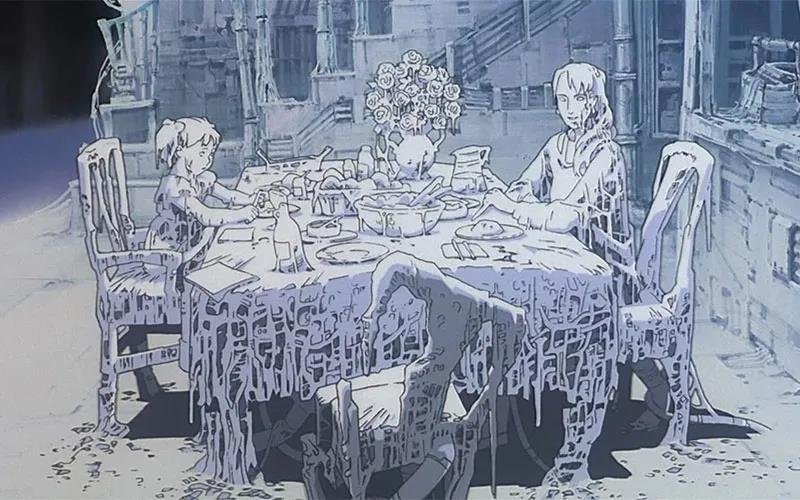
Memories is a work that was co-scripted by Satoshi Kon and Katsuhiro ?tomo
In 1995, Satoshi Kon, who was publishing OPUS then, received an offer of planning Perfect Blue. Out of his dream of becoming a director, he took over this job that he was not very interested in.
Perfect Blue used a violent story that mixed reality and illusion to present Japan's idol culture and identity loss.
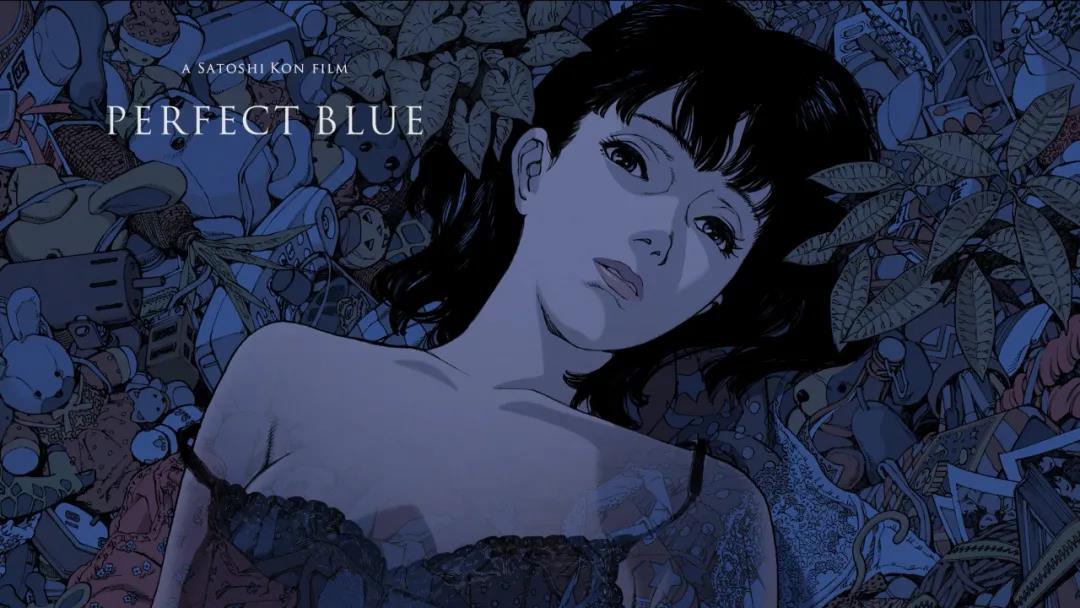
Perfect Blue
Subsequently, Millennium Actress further improved and freely switched in reality and illusion skills. The experiences of actors and real characters constituted intertextuality, composing an elegy of love that cannot be owned and the passing days.
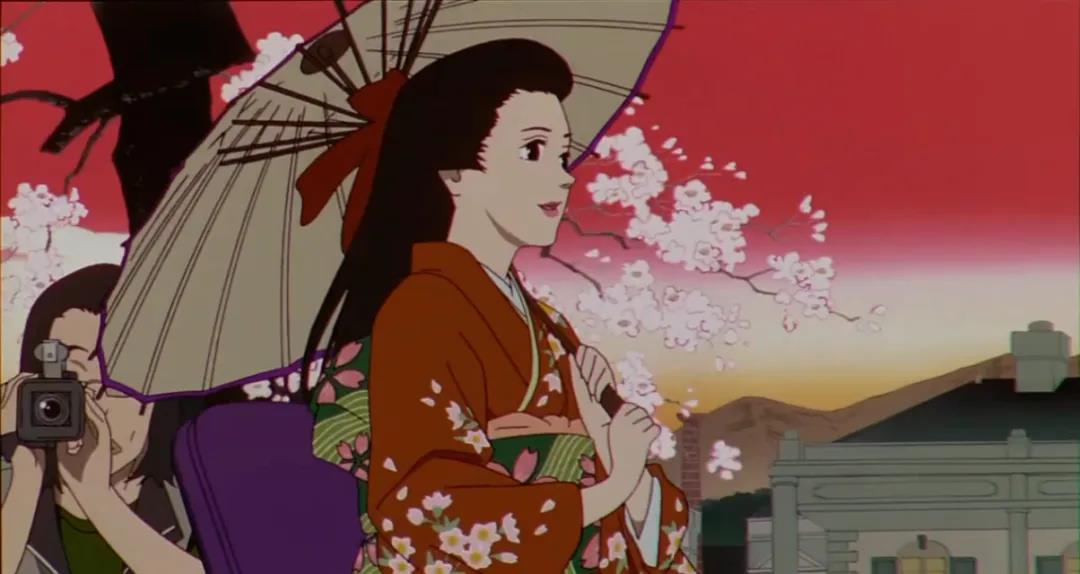
Millennium Actress
His work, Paprika, also used this method to explore the dilemma between the spiritual world and the real world.
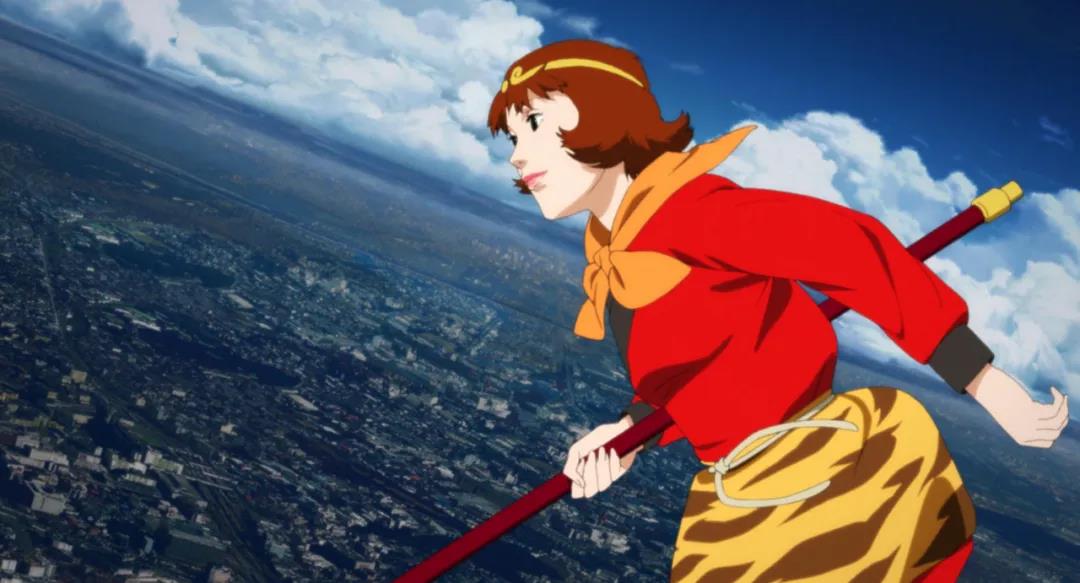
Paprika
In 2010, Satoshi Kon died of illness, leaving behind four animated feature films that have now become classics. In all his works, the contradiction between dream and reality exists. The protagonists run wildly on the track of fate, but are never compromised to principles and egos despite ups and downs.
Satoshi Kon himself used to show very sharp sarcasm of people who lived in illusions but ignored the efforts in reality.
In his book Kon’s Tone, he wrote: “If a man can only satisfy himself through other people's groundless expectation and envy of 'That guy will be awesome if he does his job well', he would always lack the essential patience, courage and concentration in practice. If they are afraid of looking foolish in front of people or taking action, they would unconsciously lose an opportunity to stand on the stage. As a result, they just keep criticizing day by day, just like talking dreams.”
Perhaps it is this clear knowledge that has given Satoshi Kon the courage and strength to reverse the reality in his films.
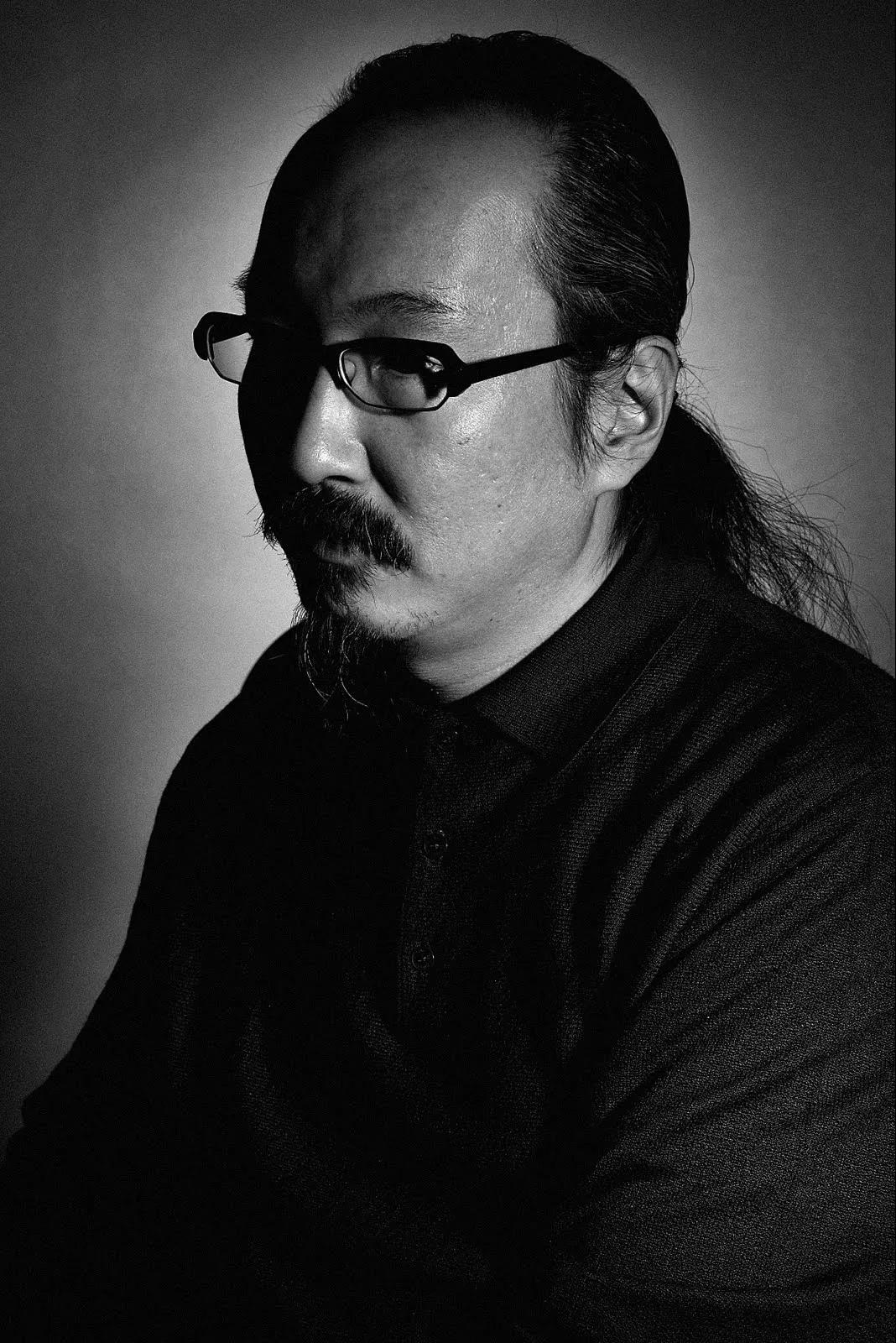
Satoshi Kon
In the Beijing Film Panorama of the 11th BJIFF, we can appreciate the wild running in Satoshi Kon’s works once again, and can also watch Paranoia Agent on the big screen for the first time. Additionally, the Beijing Film Panorama will also present Satoshi Kon: Dreaming Machine, a documentary about the animation master. It tells the story of Satoshi Kon behind the screen, and interprets the animation master in an all-round way, no matter in front of or behind the camera. There are more surprising screenings in the Beijing Film Panorama, so stay tuned for follow-up reports on the WeChat and Weibo of the Beijing International Film Festival.
